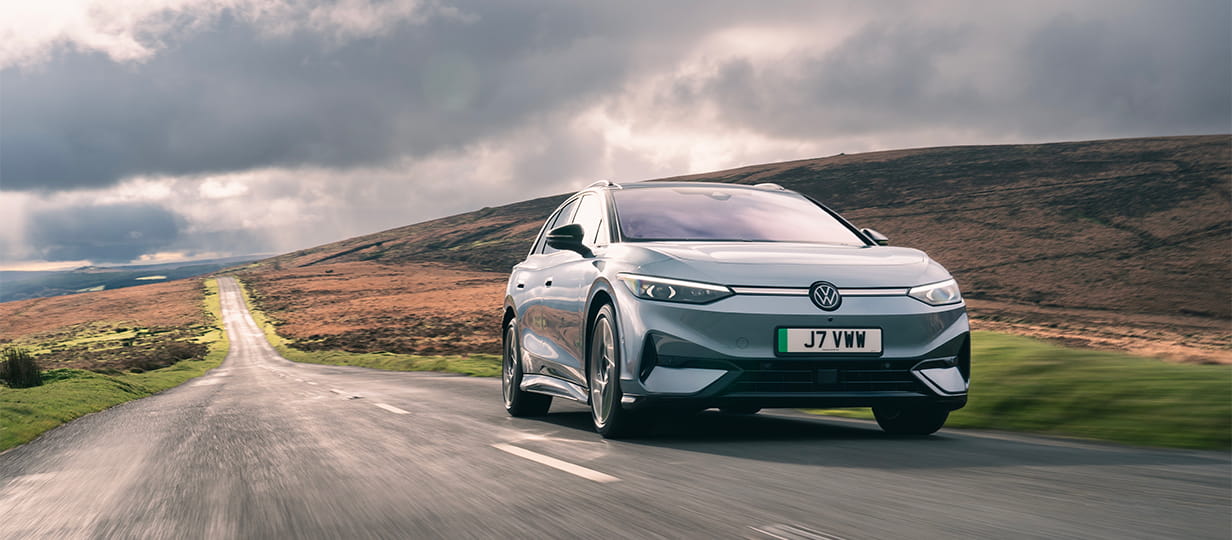Life
Inspirational experiences. Real life insights. The truly exceptional stories that spark a new way of thinking.

Paul Lewis: January money news
Petrol costs will rise and higher taxes on savings are coming, but the protection for money in bank accounts is going up too.

How the weather forecast really works – and which app is the best?
Everything you need to know to choose the best weather app for you.

"His punishment is not enough": Jenni Murray on Ex-Prince Andrew
Our columnist says an early interview with an unhappy Sarah Ferguson made it clear that Randy Andy’s reputation was far from a joke.

I flew in a Spitfire and made a lifelong dream come true
Jeremy Taylor has a lump in his throat as he finds out what its like to fly in Britain’s most iconic aircraft, the Spitfire.

The best electric cars for 2026
The EVs you should consider before the new electric vehicle road tax comes into force.

I have started spying on my wife and I can’t seem to stop
Dr Miriam Stoppard advises a suspicious husband on the best way to put his worries to rest.

Am I being disloyal being in touch with my old flame?
Dr Miriam Stoppard counsels a reader to think hard before trying to rekindle a past romance.

The best sleep gadgets to give you a good night's rest
If you are struggling to drift off, our expert has his pick of the best technology to help you sleep.

The good grandparent guide - expert tips for first-timers
The joy of a first grandchild can also create new challenges. We've got the best advice on how to navigate becoming a first-time grandparent.

How McDonald's changed Britain
It's been 50 years since the US burger chain arrived on our shores.

How to keep your makeup looking great all day as you get older
Tricia Cusden shares her top tips for the best products and application methods for our skin.

Paul Lewis: March money news
Money news for March, including how to make a will for free and ways to claim your pension rise sooner.

VE Day 80th anniversary - our guide to what's on

VE Day memories from Saga Magazine readers
On the 80th anniversary of VE Day our readers share their memories of the joy and poignancy of the historic day.
Play our free daily puzzles
Beat the boredom and exercise your mind with our selection of free puzzles.

For a limited time, enjoy 3 issues of Saga Magazine for just £1. Receive the next 3 print editions delivered direct to your door, plus 3 months’ unlimited access to the Saga Magazine app—perfect for reading on the go.
Don’t miss your chance to experience award-winning content at an exceptional price.



